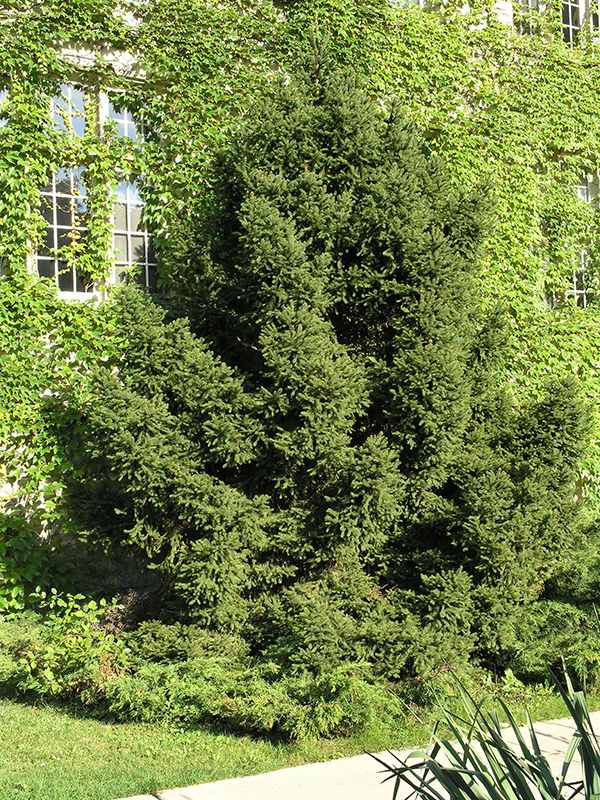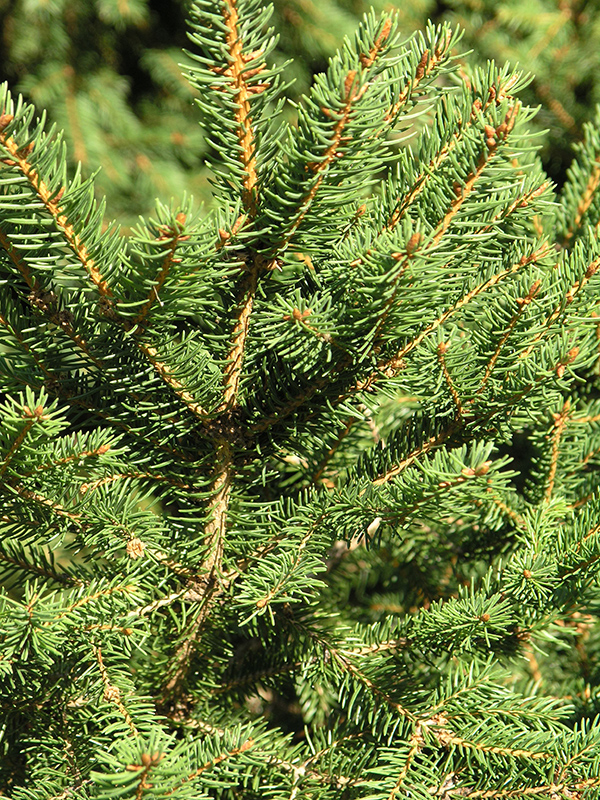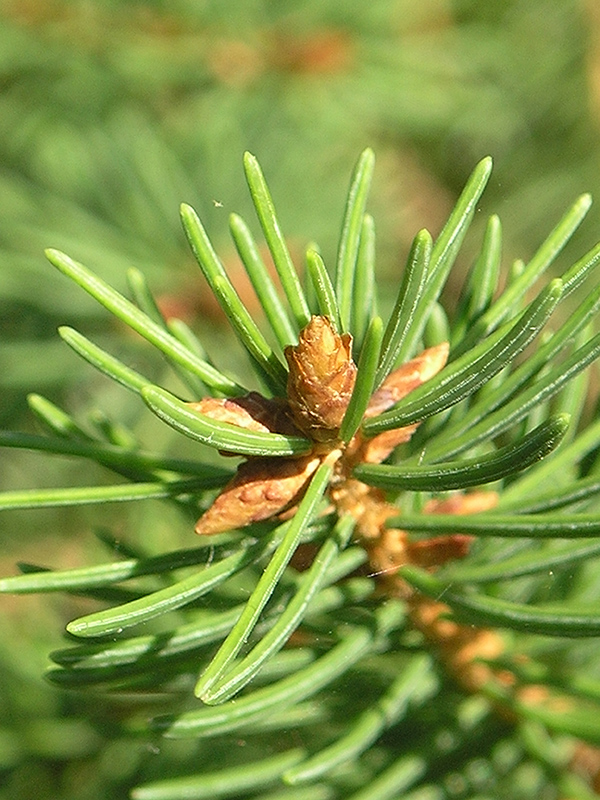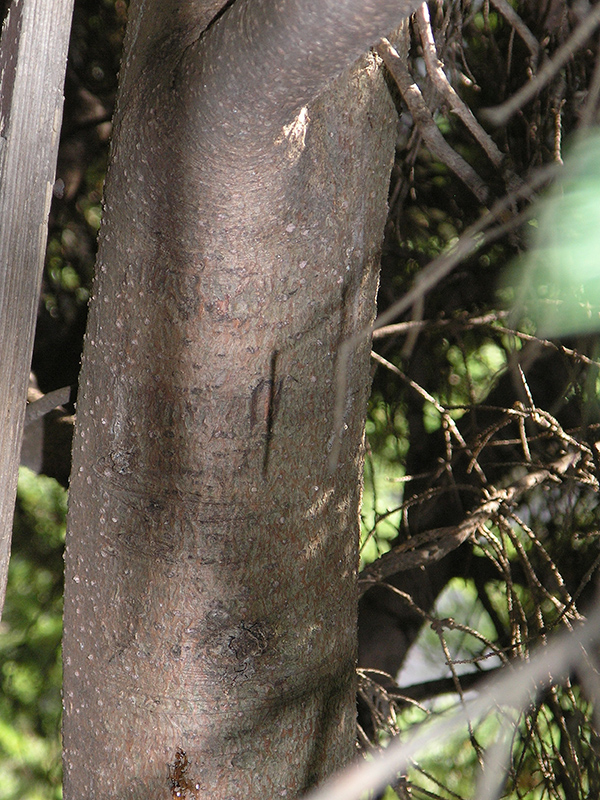| General Description | A round to conical shaped evergreen shrub that is medium-sized with dark green, dense foliage. It grows low to the ground. The dark green foliage emerges light green in spring. |
| ID Characteristic | A multi-stemmed shrub with a globose shape in its youth, becoming broadly conical with age. The branches ascend and arch over, slightly growing from all angles. Easy to maintain and grows 3-6 cm annually. |
| Shape | Dense multi-stemmed evergreen shrub, shrubby and flattened, globose in its youth becoming broadly conical with age. |
| Landscape | A vertical accent. |
| Propagation | Side-grafted in February or March onto Picea abies. |
| Cultivation | Tolerant of moist, well-drained soils however, prefers neutral to acidic sandy soils in partial shade to full sun. Prune in the spring to maintain a smaller size or hedge. It is tolerant to salt and urban pollution. |
| Pests | Susceptible to spruce gall aphids, borers, budworms, red spider mites, sawfly and larvae aphids. |
| Notable Specimens | The University of Western Ontario, London, Ontario, Canada. The Fanshawe College Botanical Gardens, London Garden, London, Ontario, Canada. |
| Habitat | Horticultural origin. |
| Bark/Stem Description | The bark is relatively smooth and a brownish red-grey colour. |
| Flower/Leaf Bud Description | Buds are prominent, conical, 3 mm long and dark orange-brown to brownish red in colour. They are non-resinous, with scales often spreading at the tips. |
| Leaf Description | Its dark green foliage turns a lighter green in the spring with the new growth tips being light blue. The leaves are needle-like, blunt; 4 sided, 9 mm long, point upward and forward on orange-brown shoots. |
| Flower Description | The flowers are monoecious, terminal and axillary with a reddish-pink colour however. |
| Colour Description | Foliage is dark green but emerges light green in the spring. Buds are prominent and dark orange-brown in colour. Bark is brownish, red-grey. New growth tips are light blue. |



